Off The Charts! Aussie mining earnings, ranking the FAANGs reporting, and the Tassie crypto king falls
Reporting season is underway, so this week we'll be looking at which companies not only met their optimistic earnings targets but knocked them out of the park, as well as having a gander at those which were a swing and - woooof - a miss.
The first batter up in Australia was mining company Rio Tinto, while rare earth miner Lynas also gave its quarterly report. We'll be digging into how and why they did so well. Further afield we've also got US Big Tech highlights for you with the best and worst of the FAANG - and scratching our heads as to why good results lead to falling stock prices.
We get a breakdown of Robinhood's IPO and get (almost) philosophical about Robinhood's place in the investing universe.
One more for the record books ... the criminal record books, that is. An Aussie crypto influencer's alleged fraud is making headlines.
Don't forget, we have our contributors' stories of the week, and what's coming up next week from the Livewire team.
Let's jump in...
#1 Lynas + Rio leading the charge on strong mining results
Reporting season has well and truly kicked off, and unsurprisingly it has been a good day for the miners. The extent of this is certainly sending a few eyebrows skyward ... much like the stock price.
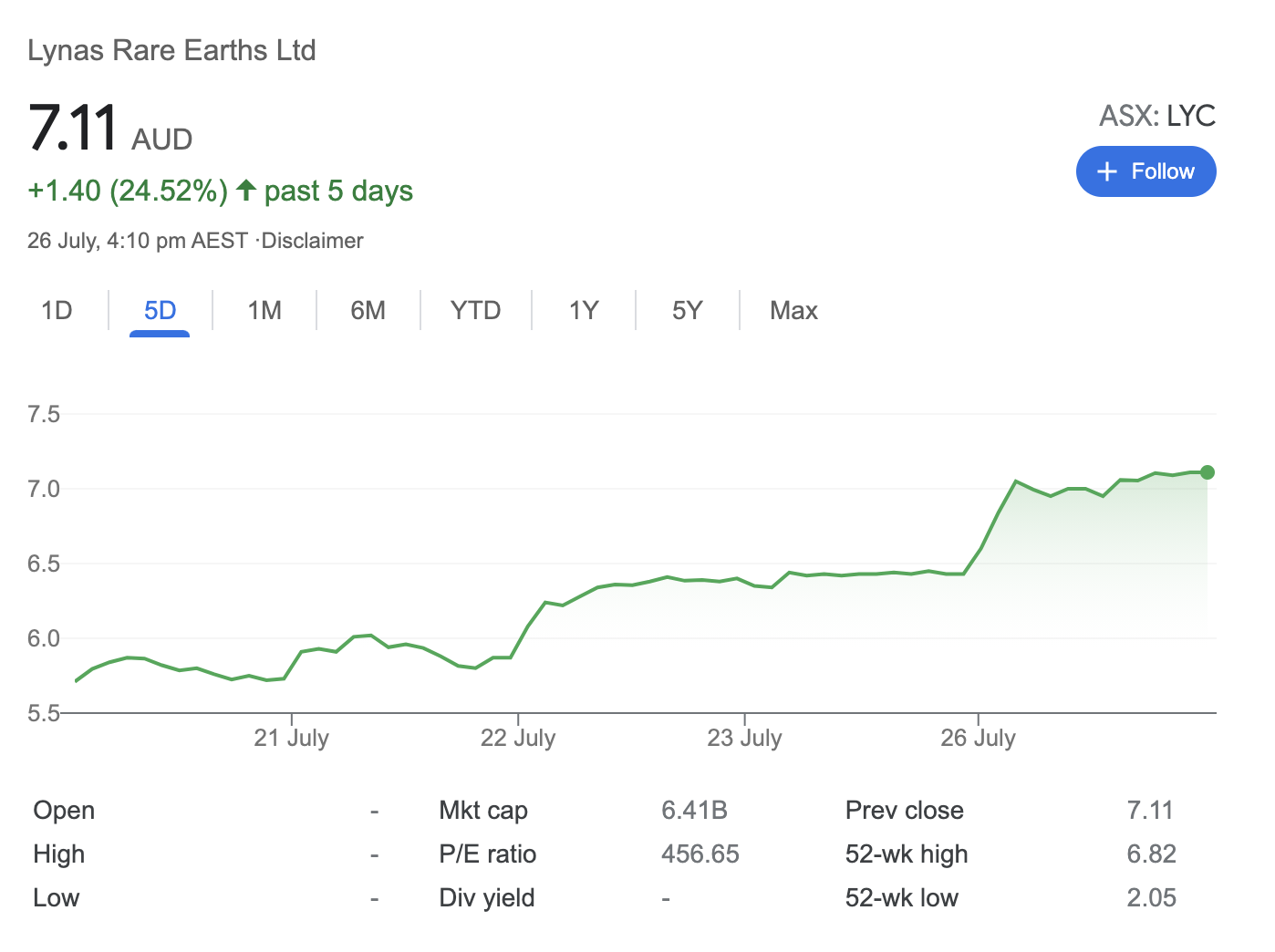
Lynas was one of your most tipped small caps and the best performing to date; for good reason, it appears. The miner has embraced the world’s fixation on a green pivot and become the largest rare earth producer and processor outside of China.
“This result reflected sustained demand for Lynas NdPr (neodymium-praseodymium, used in batteries) products and strong market pricing, as end users and governments around the world continue to recognize the need for a diversified supply of responsible rare earth materials,” - Amanda Lacaze, Lynas CEO
Their quarterly report announced a $185.9 million revenue, almost triple the 38 million they reported in the same period through 2020 and almost 70% higher than the previous quarter.
Sticking with the themes of outperforming miners, Rio Tinto released a huge result and declared a monster dividend. Rampant government investment in infrastructure and supply shortages have underpinned a massive appreciation in the iron ore price since COVID-19 first arrived.
“Government stimulus in response to ongoing COVID-19 pressures has driven strong demand for our products at a time of constrained supply resulting in a significant spike in most prices. We focused on safely running our world-class assets and supplying products to our customers. This enabled us, despite operational challenges, to deliver record financial results with free cash flow of $10.2 billion …. We will pay an interim dividend of 561 US cents per share, representing 75% of underlying earnings.” - Jakob Stausholm, Rio Tinto CEO
This represents a 262% rise in free cash flow compared with 2020, and the dividend is a 143% increase in the normal dividend. Not to mention the special dividend of 185 US cents.
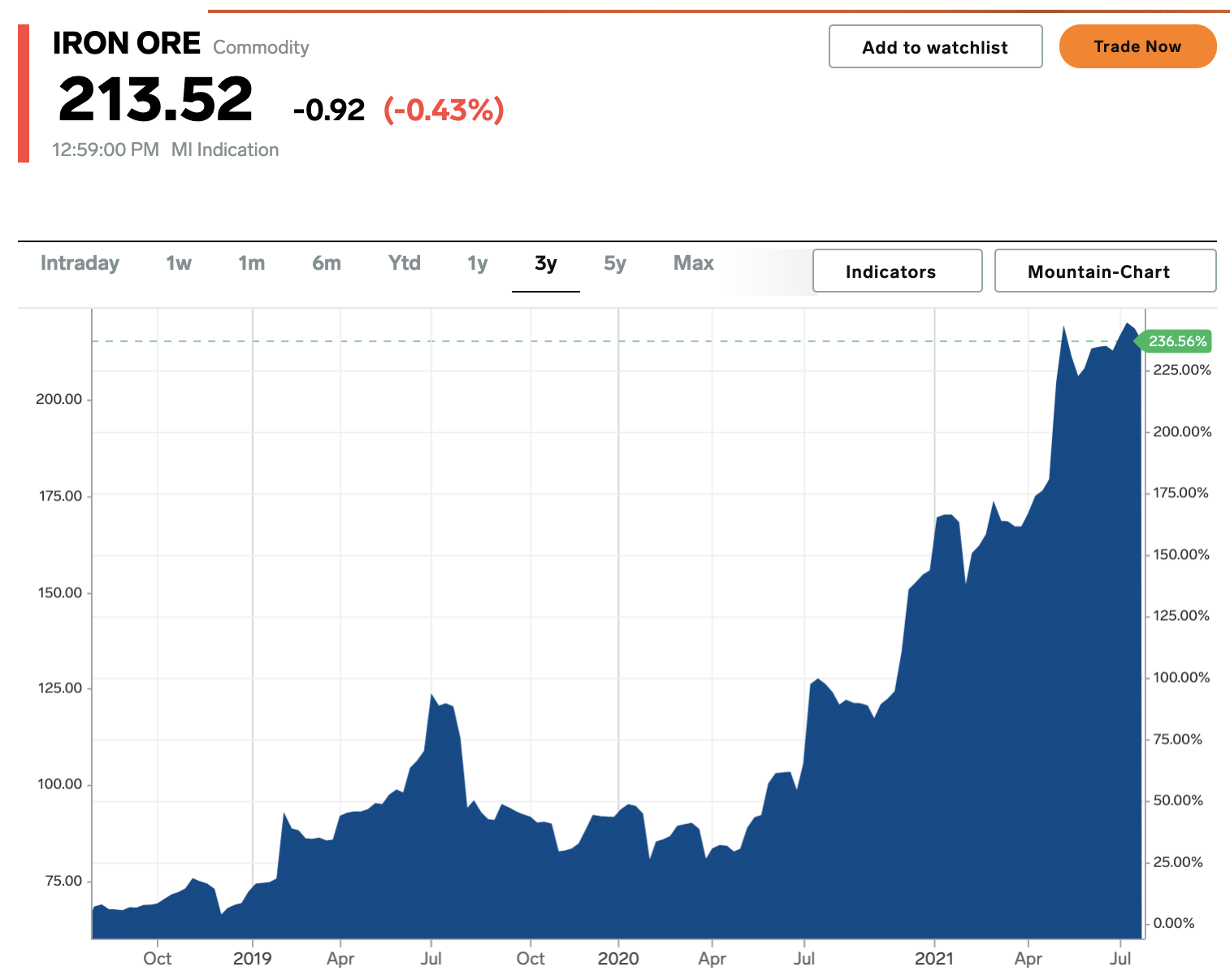
Iron Ore prices have soared this year. Source: Markets Insider.
Naturally, it is important to consider that these numbers are inflated given the depressed earnings seen through 2020, but the rapid rebound remains shocking. After these incredible figures, all eyes are on other heavyweights in BHP and Fortescue (FMG) to see if they can reach similar levels.
#2 Big tech, big disappointment
It’s been a big week for Big Tech. And while some of our favourite FAANG stocks delivered impressive numbers and smashed expectations out of the park, it wasn’t enough to satisfy the market. With the exception of Alphabet, every FAANG stock suffered a sell-off after the release of earnings. Even the NASDAQ suffered a 2% drawdown which has since recovered. But why? Is the market finally sick of big tech? Well, not quite. Let’s jump into some stock specifics.
Apple (NASDAQ: AAPL)
Apple managed to report their best fiscal third quarter in its history, earning an additional US$21.7 billion of revenues bringing total revenues to US$81.4 billion, which is a 36% growth year-on-year.
Everything was positive for Apple – iPhone sales were up 50% YoY, China sales were improving and revenue was up. What did the market do? Rewarded Apple with a 1% fall in the share price. Apple’s share price is now down over 2%. Can someone tell me what’s going on here!?
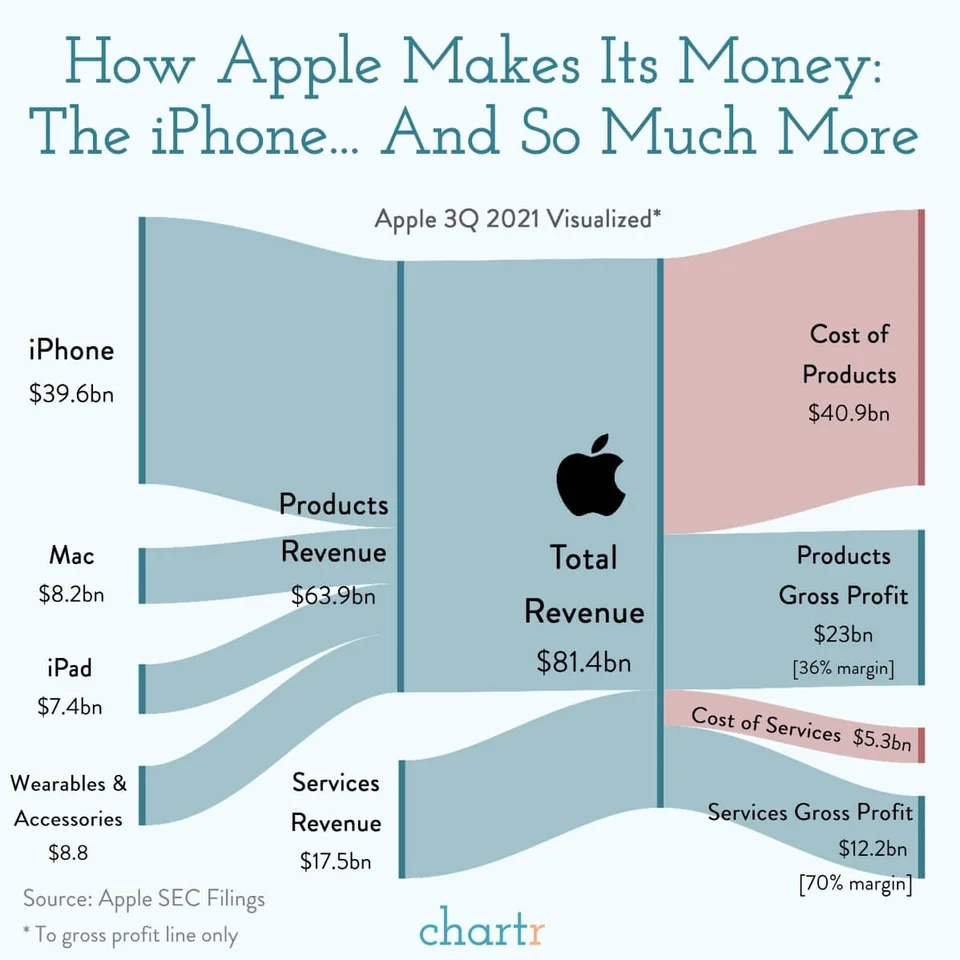.png)
Source: Chartr.
Microsoft (NASDAQ: MSFT)
Silver position this week was Microsoft which isn’t officially a FAANG stock, but let’s talk about it anyway :) Microsoft registered its highest quarterly revenue total ever, reporting sales of $46.2 billion in its fiscal fourth quarter (up 21% year-on-year) and earning $16.5 billion in the period (up 47%). But, what did the market do? Yep - you guessed it – sold it off. Since reporting, Microsoft’s share price has fallen by 0.5%.
Facebook (NASDAQ:FB)
Next up we have Facebook and what a shocker they had. And by shocker I mean smashing expectations but still seeing their share price drop by over 5%. Let’s have a look at the numbers:
- Earnings: $3.61 per share vs $3.03 per share anticipated by analysts
- Revenue: $29.08 billion vs $27.89 billion anticipated by analysts
- Daily active users: 1.91 billion vs 1.91 billion anticipated by analysts
- Average revenue per user: $10.12 vs $9.66 anticipated by analysts
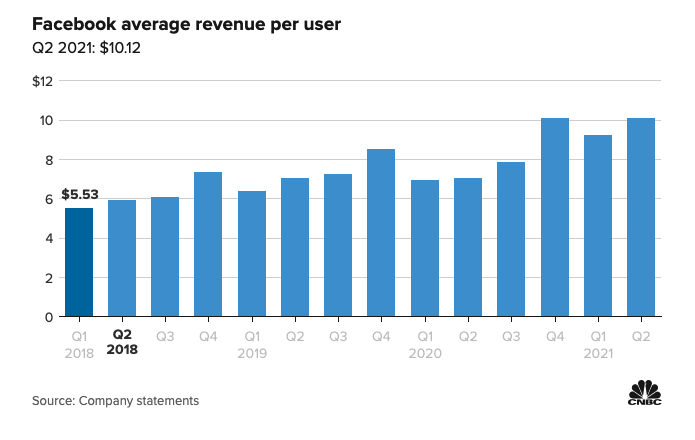
What’s not to love? Well, Zuckerberg took the opportunity to tell investors that he anticipates a slow down in revenue over the next quarter thanks to the extreme growth the company has seen over the last year. This was enough to send the share price down by more than 5%.
Amazon (NASDAQ: AMZN)
Amazon was yet another underperformer but they have a point of difference. In fact Amazon probably deserved a sell-off after failing to meet analyst expectations. Whilst Jeff Bezos made it to space (or so he says), the troops back home struggled to deliver, and consequentially experienced a 6% share price fall. The market is attributing this disappointing performance to the worldwide recovery from the pandemic – is it all over for eCommerce?
All credit goes to Alphabet which was the only big tech stock to report this week that didn’t see their share price fall. Investors must love Google because the stock is up over 4% (according to Google Stocks).
Well, although Big Tech may not have lived up to its name, you can always look on the bright side – at least they weren’t Chinese tech companies, which dove to seven-month lows in the space of two days.
Netflix (NASDAQ: NFLX)
COVID is back and despite the global vaccination rate rising - some of us (AKA Sydney siders) are stuck at home. So if you're anything like me, you would have turned to trusty old Netflix. But around the world, where vaccine rates are higher, the grand reopening is underway. Netflix recorded an EPS of $2.97 compared to the analyst expectation of $3.16. No surprises here, but the Netflix share price dropped almost 4% after the release of earnings. Netflix reported on July 20.
#3 EVANS: BRING BACK $6 BILLION PER WEEK STIMULUS
Reporting season might be capturing the glow of the COVID-19 recovery, but Q3's lockdowns are going to hit the economy hard.
This week, Westpac officially lowered its GDP forecasts for 2H2021 as a result of the recent extension of the Sydney lockdown.
"That change reflected an expected 7.8% contraction in the NSW economy in the September quarter as a result of the Lock Down and the strong expected bounce back in the December quarter (up 5.8%) when Sydney reopens," wrote Westpac's chief economist and head of research Bill Evans.
There was speculation last week that the RBA's planned QE tapering might not go ahead, but now Westpac's Bill Evans has released an aggressive stance, demanding the RBA lift weekly bond-buying purchases to $6 billion a week.
This would be a complete reversal of the RBA's stance earlier this month, which planned to reduce bond-buying down from $5 billion per week to $4 billion per week.
The ongoing debate among investors about the pros and cons of further stimulus continues.
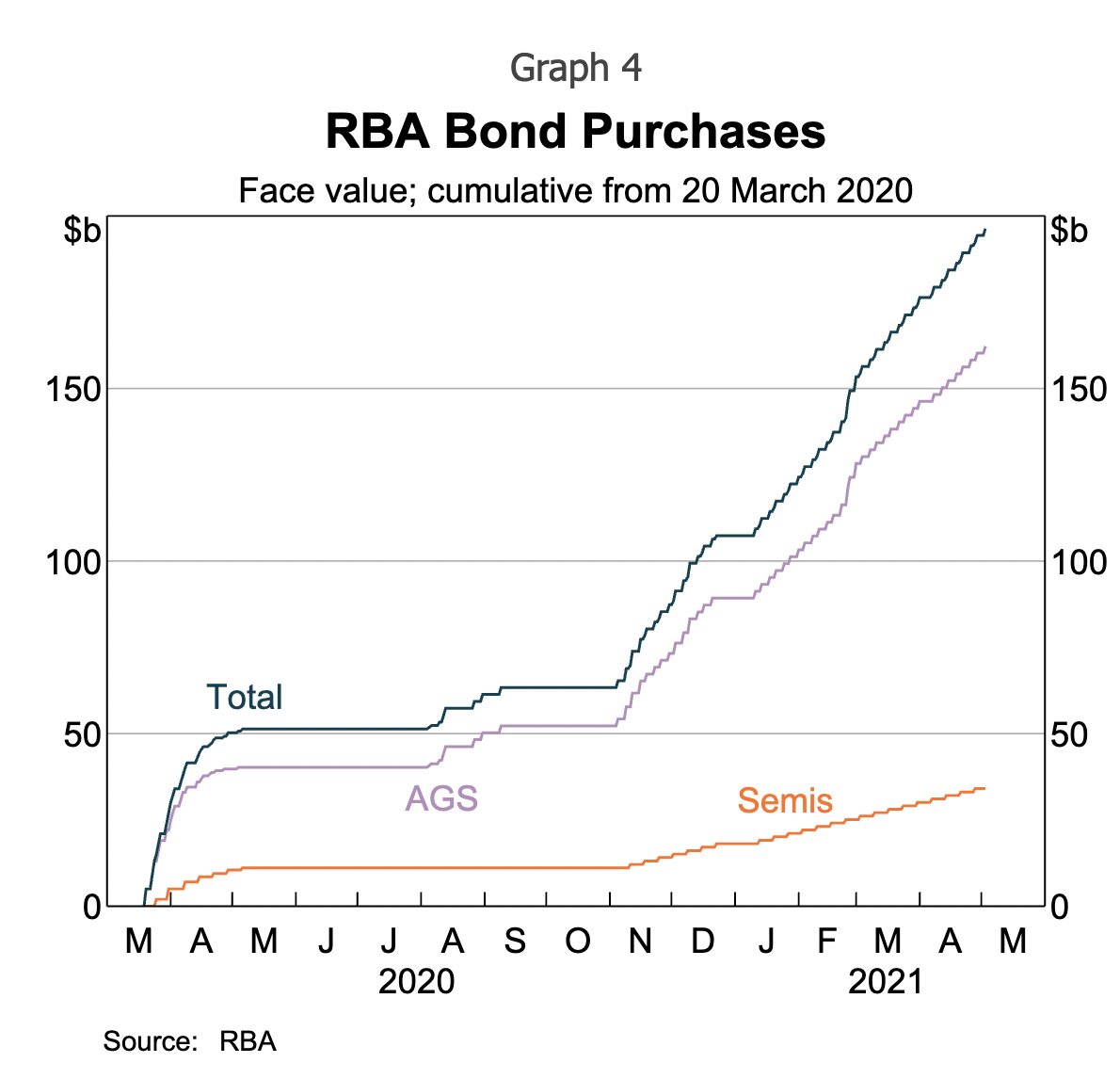
Bond buying to March 2021. Source: RBA.
#4 ROBINHOOD: YOU'RE PART OF THE SYSTEM NOW
The new-age trading platform, Robinhood, which claims to be the champion of the individual investor and ever-ready to stick it to Wall Street was listed .... well.... on Wall Street.
Robinhood hit the NASDAQ on Thursday and closed its first day of trading with a US$29 billion dollar valuation, falling 8% on its debut.
How exactly a public listing and institutional financing is sticking it to Wall Street we are unsure. Maybe this is phase one of a covert mission to destroy the exchange from the inside? Or maybe Robinhood will succumb to the same pump-and-dump strategies it enables?
Most would be familiar with the app for its role in coining the phrase 'Robinhood investor'. A term used to described retail investors with a caution-to-the-wind investing style and a lack of appreciation for fundamentals.
The underlying risk of Robinhood is when it couples up with Reddit. These traders often collaborate across investment forums on social media and if you're lucky, you might find some exclusive 'broker reports' on their favourite stocks.
In case you didn't follow...recently, a Twitter bio update about budgie smugglers from Elon Musk set off a chain reaction through Reddit that quadrupled an Australian stock price.
Sorry... what happened?
One user of Reddit's ASX_Bets, a self-described "analyst", upgraded his outlook on Australian stock BrainChip (ASX:BRN) to a BUY after mistaking Musk changing his Twitter bio to 'budgie smugglers' as a clear mark of his interest in Australian culture. This coincided with an announcement from BrainChip about new software and the fact that Musk has holdings in a similar sounding company Neuralink company - which developed an implantable brain-machine interface.
This was all taken as evidence that this baby was about to head to the moon.
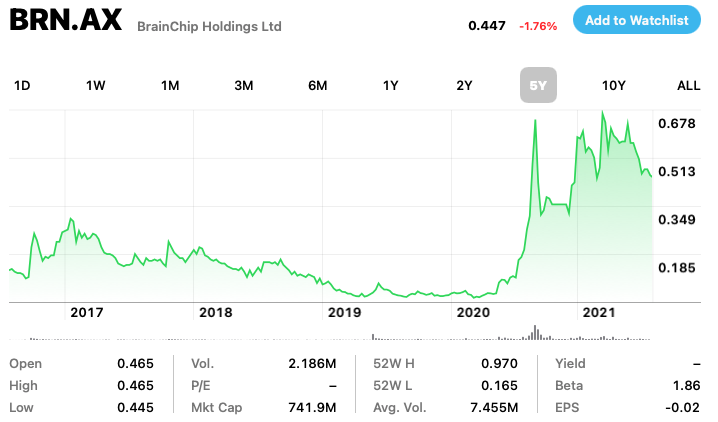
BrainChip ran 379% in one week last September and added about $200 million to its market cap since December 2020 off the back of no news. Source: Apple Stocks.
#5 You either die a hero or you live long enough to see yourself become the villain: the Crypto ‘good one’ goes bad
With the rise of technology has come increasingly savvy scam artists looking to take advantage of record levels of interest in markets. Livewire contributor Romano Sala Tenna recently covered the topic in-depth:
To no one’s surprise, scams have also arisen in the world of crypto. Cryptocurrency influencer (apparently this is a thing now) Alex Saunders is currently under investigation for fraud, as reported by the AFR. Over $10 million was allegedly raised by Saunders to fund a decentralised stable coin that aims to replicate the role of banks through software.
“Mr Saunders’ cryptocurrency wallets show more than 100 investments from retail investors came in between April and July, totalling about $US7 million ($9.48 million), most of which was then quickly transferred to FTX, a US-based cryptocurrency derivatives exchange…Another $US4 million, largely loans from friends and acquaintances, can also be seen entering the wallets and exiting to FTX, sometimes within minutes of landing there.” - Financial Review
This comes despite the fact the project hadn’t commenced and there was minimal information disclosed about the project itself.
One driving factor for the interest among investors was that Saunders is one of the most followed crypto traders in Australia, having founded Nugget’s News in 2017. The platform is has a follower base of over 194,000 and charges a $100 per month fee for his insights.
Let’s hope his course is a better investment than his project.
Contributor stories of the week
- In Banking on overlooked and undervalued stocks, Yi-Chan Lee explains how the banking stocks have their downside, but a few contrarian ideas can help you avoid paying a premium.
- Lockdown and border closures aren't all bad news. A (mostly) good news story from Emma Fisher shows key stats that don't make headlines, like how Australians spend $65 billion a year overseas, and that money is now trapped in our local economy.
- Fortescue Metals – evolving into a resources and renewable energy company gives you a walk down memory lane and signposts for a bright FMG future from Nicholas Boyd-Mathews.
- Rudi Filapek-Vandyck is back for another reporting season and the FNArena reporting season monitor: March - July 2021 (49 stocks covered) is absolutely chock full of what to keep an eye on this August.
- The Delta strain has caused a terrible third wave around the world. Some economies are taking it harder than others, but Roger Montgomery has a strategy to tackle this in How to position your portfolio for the delta variant.
Coming up next week...
- Patrick Poke speaks to Tim Hillier from Allan Gray on contrarian investing. Plus, don't miss out on next week's podcast Rules of Investing with Katie Hudson from Yarra Capital on small-cap investing.
- James Marlay and reporting season legend Rudi Filapek-Vandyck chat about what's coming up for August reporting season.
- Next week on Buy Hold Sell, Merlon Capital's Neil Margolis and Plato Investment Management's Dr Don Hamson will analyse five back-pocket compounders with dividends for days.
- Glenn Freeman teases out what could be the next big theme in global tech during an interview with Thomas Rice, the PM of Perpetual’s Global Innovation Fund.
- Plus, Glenn also taps four fundies to explain what are (and what’s almost certainly are not) the megatrends to watch, alongside 11 stocks to play these trends. Keep an eye out for part two and three of the megatrend series.
What did we miss?
- Mia Kwok, Angus Kennedy, Bella Kidman and Nicholas Plessas.
5 topics
12 contributors mentioned

